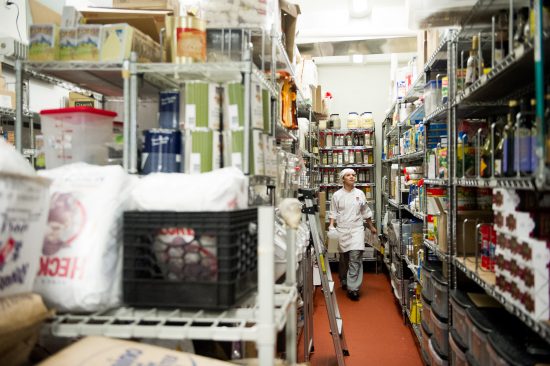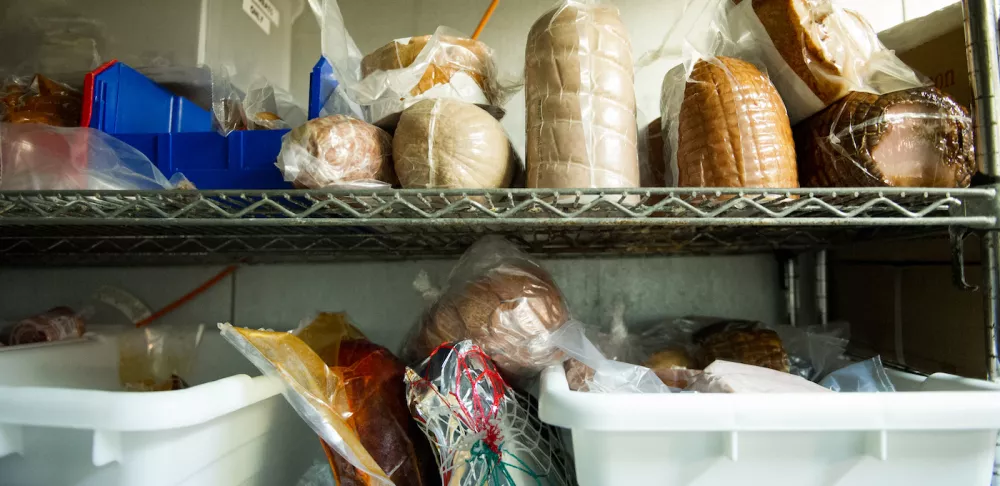Mastering the art of purchasing can make or break your restaurant. What do I mean when I say purchasing? Purchasing is part of restaurant operations and entails buying enough food and beverages to meet the demand of the restaurant’s customers. It requires organization, planning ahead, diligence, creativity and consistency.
At a restaurant, buying more food than needed means inventory and money going to waste. However, if you buy too little of an ingredient and it sells out, you’re faced with unhappy customers and a potentially expensive problem to solve.

In my Culinary Management program, the topic of purchasing is an entire unit because of its complexity. By now, I could write a book (or two) on the topic, but for now I’ll share the key things that I've learned in class to keep in mind when purchasing for your restaurant:
- If feasible, put someone in charge of purchasing. These people usually have titles such as purchasing manager or purchasing director. Because it takes a lot of effort to properly purchase goods, you want it to be someone's job to do it correctly.
- Create a budget for goods. You need to know how much money is going to be spent so you can organize your funds strategically. This also provides useful boundaries for the chef and purchasing director.
- Audit invoices and payments to make sure you’re being properly charged.
- Have at least two vendors that you are buying from. You want more than one so you can price check and make sure you’re not being scammed, but also in the event that one vendor runs out you have a backup plan.
- Your purchasing director should go through everything with the purveyors, which means he or she should randomly weigh items and count the number of items delivered. Some examples of things to look out for include delivering scallops in water so it costs more (order dry weight scallops), fish that isn’t fresh and items that weigh less than what you originally ordered (weigh items to make sure you’re getting the exact ounce you ordered).
- Consider whether you want fish or meat delivered fabricated or pre-fabricated. If you want the meat already cut to order, this may save you money in the long run because you won’t have to pay for the labor of butchering meat in-house. Run the numbers so you know which option is best.
- Take inventory of what you have at least once a month. This will inform you of which goods you’re buying too much of and will give you an idea of what needs to be adjusted.
- Create a system and cycle so you know which days during the week you need to order goods, the process of how the food and beverages will be delivered and what time of day you (or the purchasing director) will receive the goods.
 Purchasing requires trial and error and continuous adjustment. The good thing is that you can try new ordering strategies every week and improve each day. The world of purchasing is a hands-on and ongoing learning experience.
Purchasing requires trial and error and continuous adjustment. The good thing is that you can try new ordering strategies every week and improve each day. The world of purchasing is a hands-on and ongoing learning experience.
Ready to learn to manage and build your own food business? Click here to learn more about ICE's Culinary Management program.




